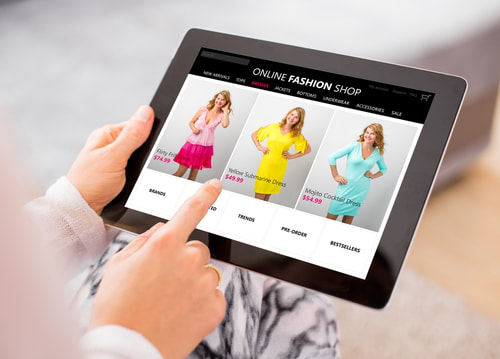Smartphones have become so integral to our lives that it makes sense to find ways to use them which will help boost productivity.
There are literally hundreds of applications which have been designed to make our day-to-day lives that little bit easier, but it takes time to sit down and research which ones to use. That is why we have compiled a list of the top most productive apps that are currently available and frequently used in our office.
Google Calendar: This application works effortlessly with computers, tablet and smartphone as it automatically syncs, allowing you to schedule meetings and events when on the go. Google Calendar runs entirely in the cloud and does not require installation, which means you can access it from any device that has internet. Google Calendar can be shared so everyone has access to your schedule.
Trello: This online product management and collaboration system allows you to plan projects, follow progress and keep a historical record of the steps that have been taken. Trello has been hailed as a practical and helpful app for people who procrastinate as it gives them tangible goals to reach, setting out each step clearly.
Pocket: Formerly known as Read it Later, this is the ideal app for people who are constantly finding articles they want to read at the wrong time. Pocket is a bookmarking app, which saves articles to the cloud and strips
EchoSign: Developed by Adobe, EchoSign lets you e-sign documents and forms, and send them to others for signatures, speeding up the process of signing contracts.
30/30: Do you need structure to your day? 30/30 is a timer that allows you to assign specific time frames to each of your tasks that you need to complete. It will prompt you once your time for a specific task is done.
LogMeIn: The basic function of this app allows you to work with remote computers from virtually any internet-connected web browser. This is particularly useful for IT staff as LogMeIn allows you to control the computer as it if was right there in front of you. The basic version of the app is free cross and compatibility between PCs and Macs is also possible.
Calm: In a busy office, it is nice to enjoy a moment of calm. Choose from a two to twenty minute break from the online world at www.calm.com

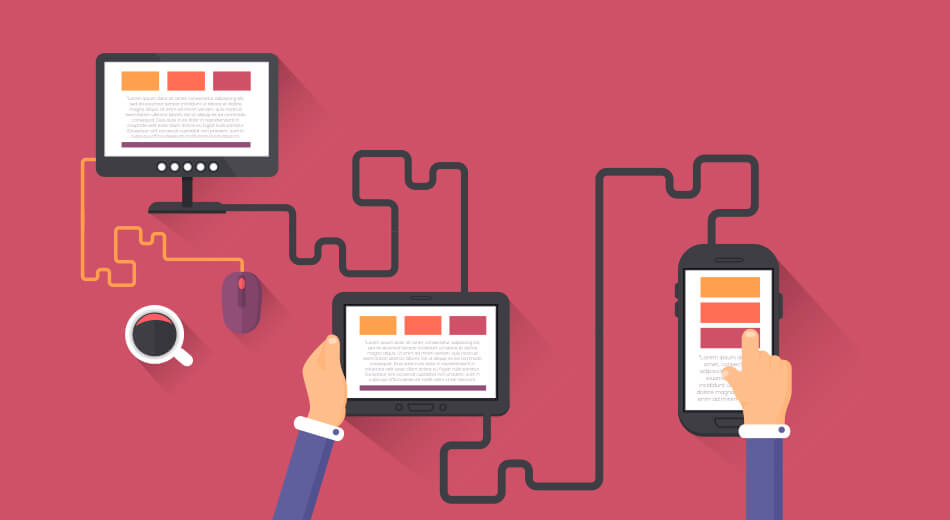


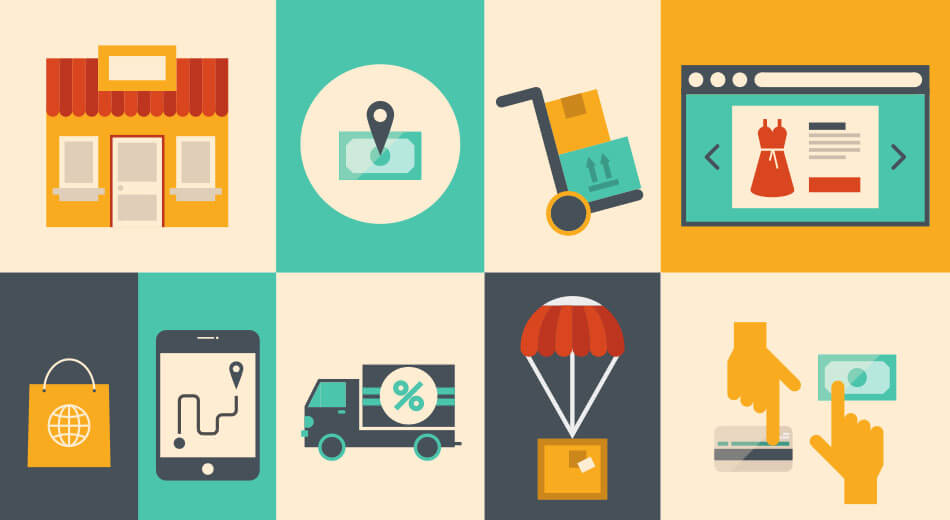
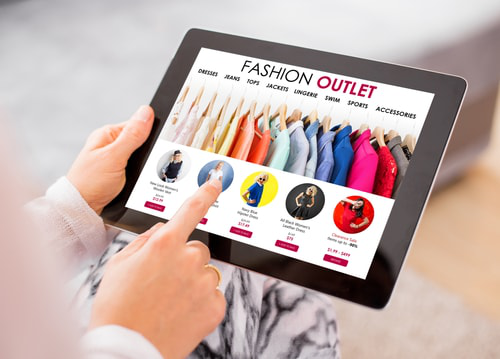

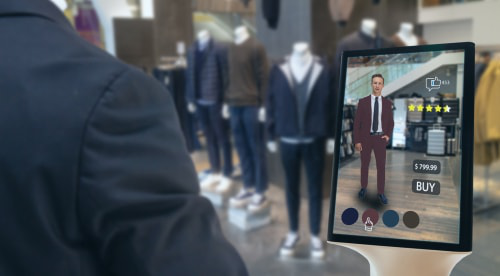 British luxury brand Burberry have reinvented their Regent Street store in London to act as an extension of their website. The flagship store utilises digital technology such as large-scale interactive mirrors, hidden speakers and a hydraulic stage. Above all, the most innovative technology is the chip-technology developed by Burberry, which enables customers to pick up any garment and trigger an interactive video on one of the mirrors which shows how the product was made and what other items compliment it. This gives in-store customers access to the rich levels of immediate information they have grown to expect online. This kind of personalisation has allowed the luxury brand to create a deeper engagement with a customer seeking that very kind of service. Burberry have utilised all of their channels to tie everything together, ultimately making the shopping experience seamless.
British luxury brand Burberry have reinvented their Regent Street store in London to act as an extension of their website. The flagship store utilises digital technology such as large-scale interactive mirrors, hidden speakers and a hydraulic stage. Above all, the most innovative technology is the chip-technology developed by Burberry, which enables customers to pick up any garment and trigger an interactive video on one of the mirrors which shows how the product was made and what other items compliment it. This gives in-store customers access to the rich levels of immediate information they have grown to expect online. This kind of personalisation has allowed the luxury brand to create a deeper engagement with a customer seeking that very kind of service. Burberry have utilised all of their channels to tie everything together, ultimately making the shopping experience seamless.